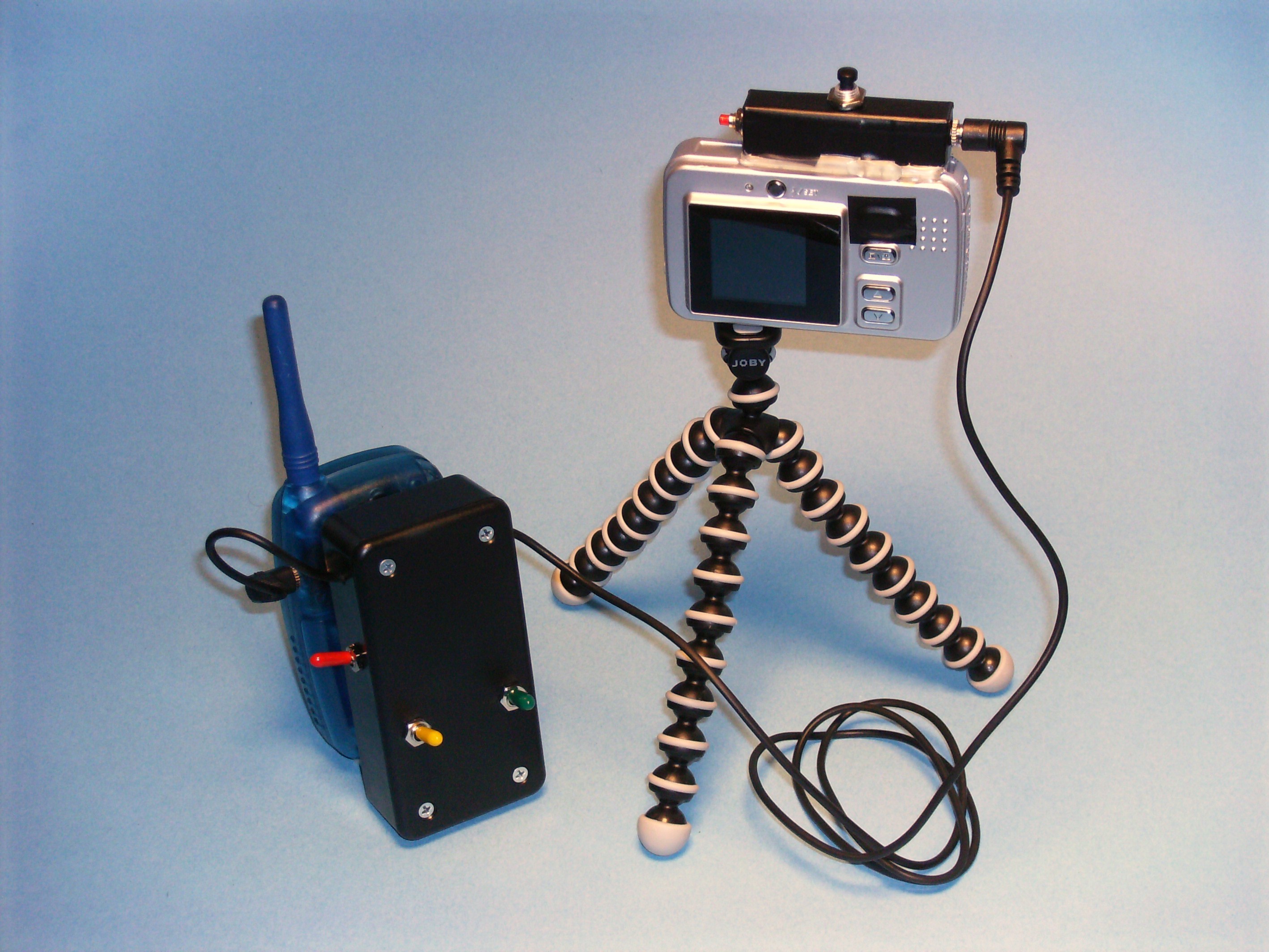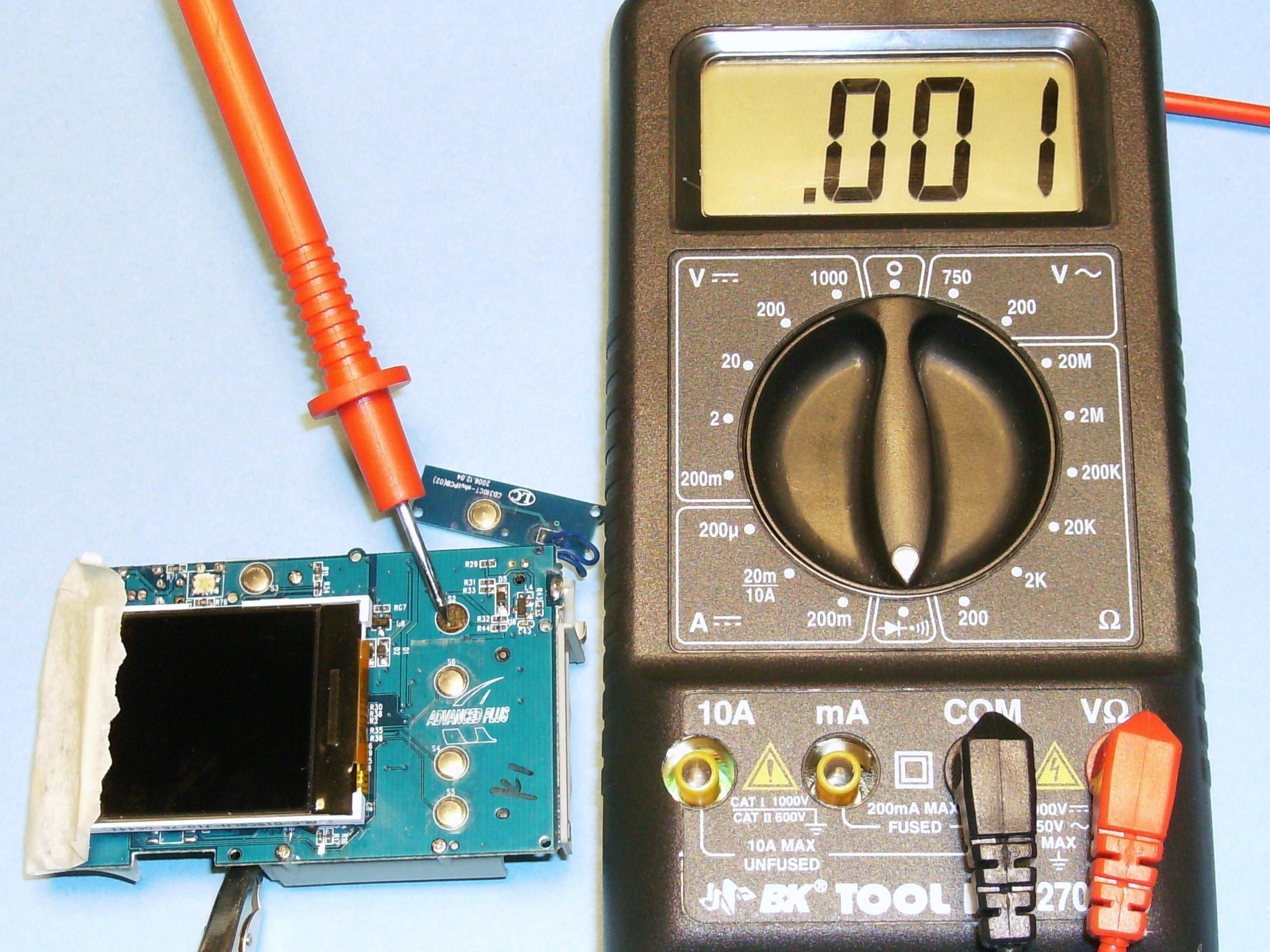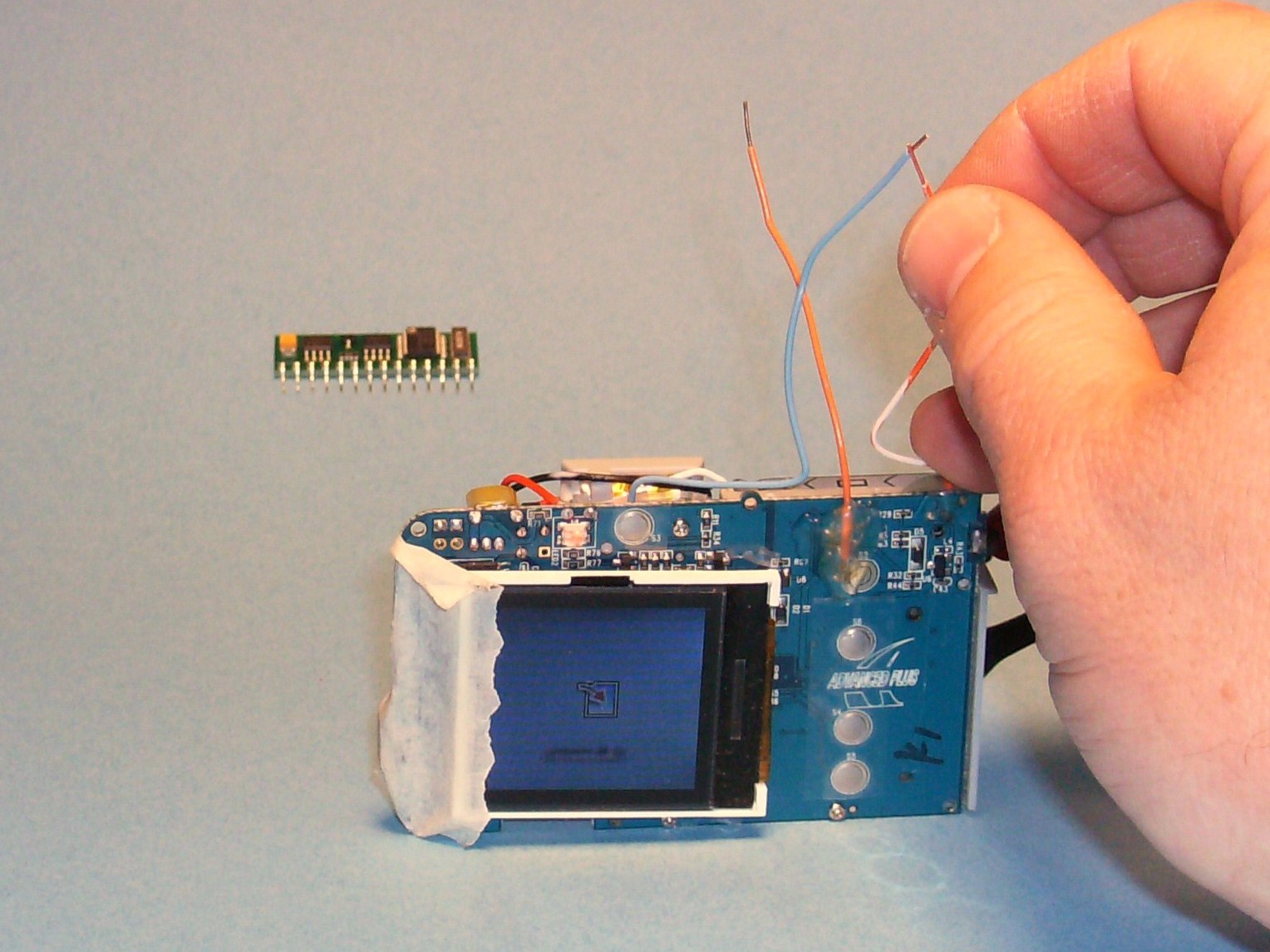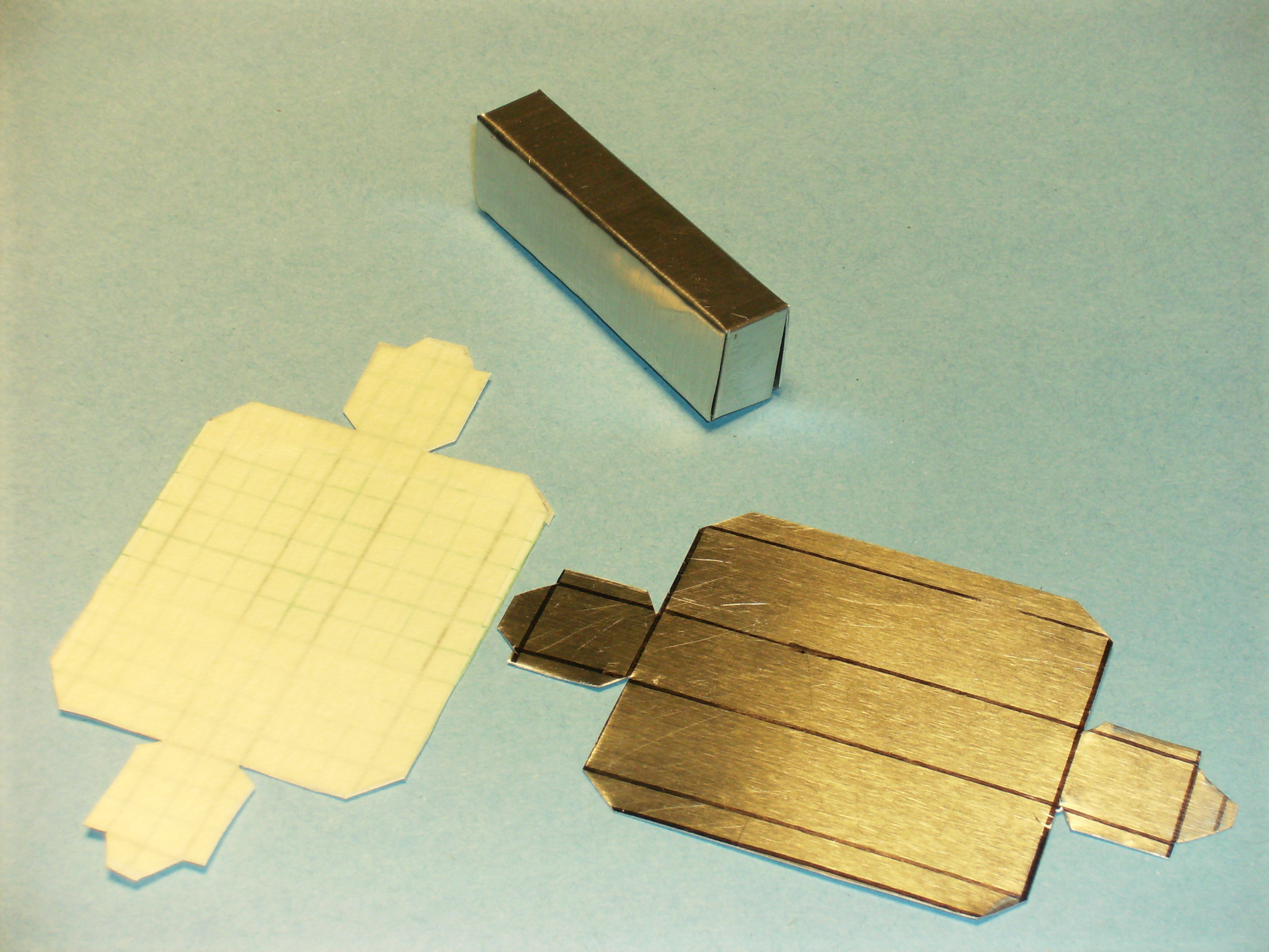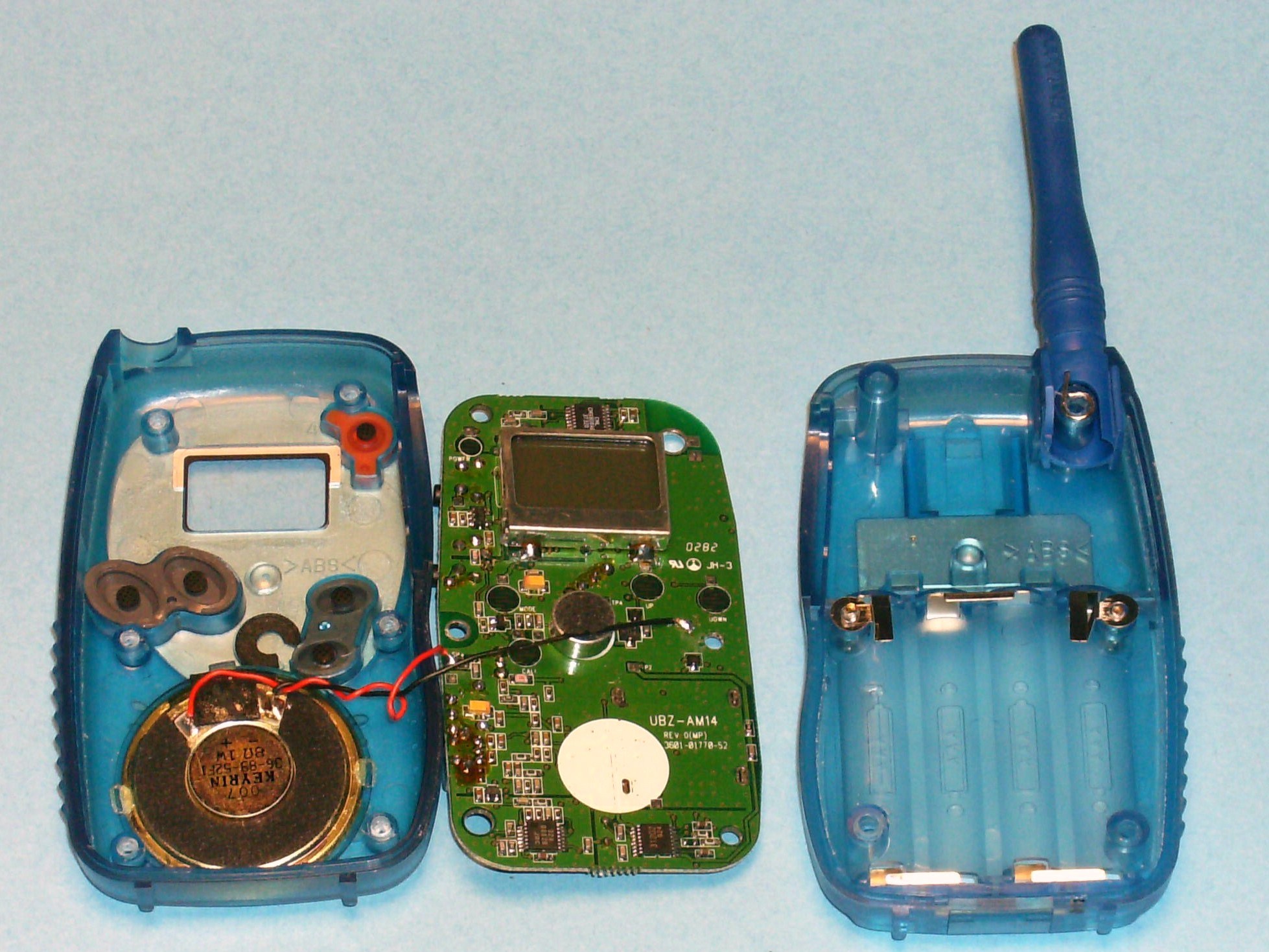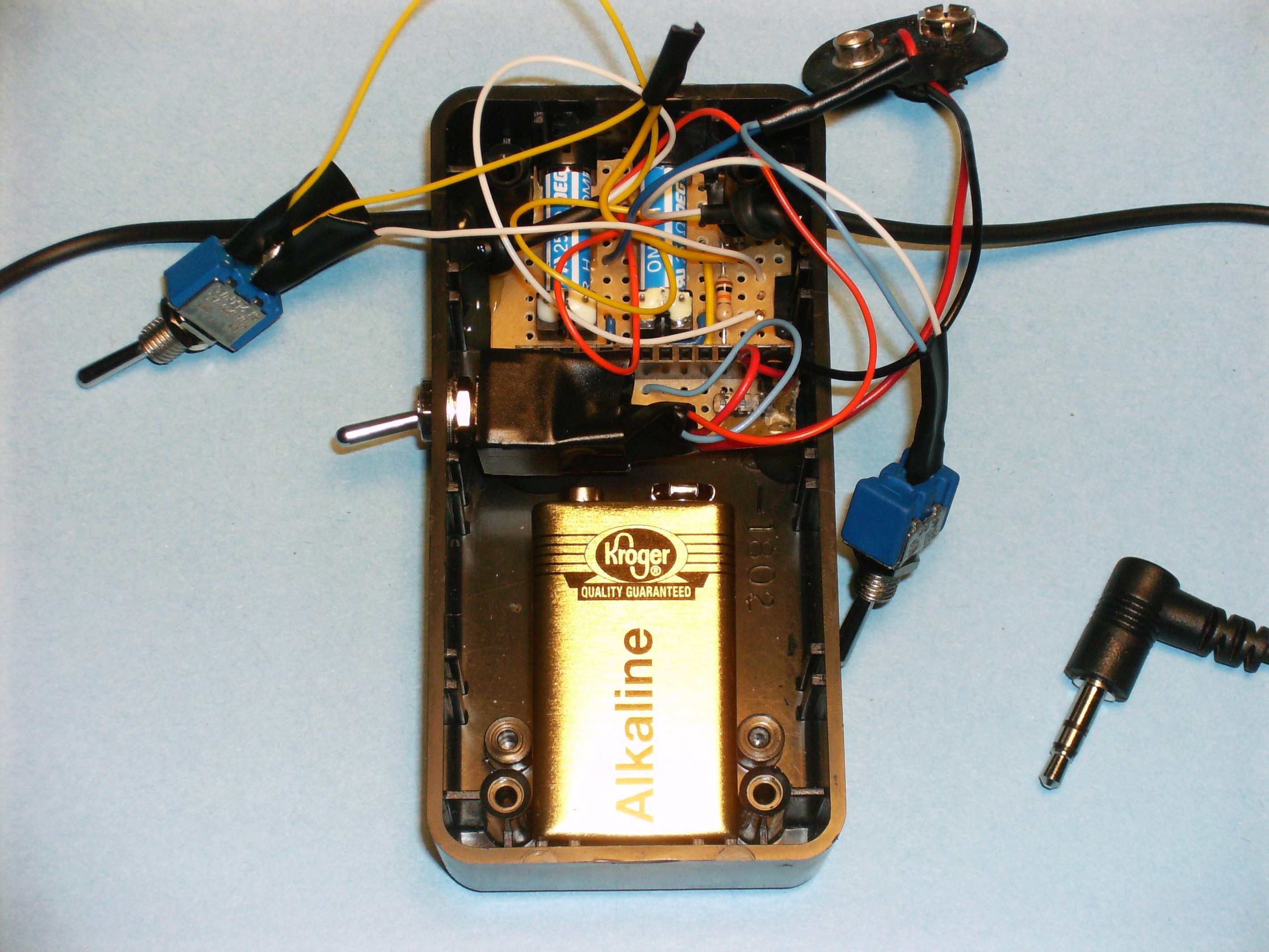A few years ago, I was hiking with a friend along the ridge at Crater Lake in Oregon, and I saw a great spot for us to pose for a picture, on a cliff overlooking the lake. Unfortunately, the perfect place from which to take that picture was 250 yards away, over treacherous terrain. There was no way I could cover that distance in the 10 seconds allotted by my camera’s timer. So I stayed with the camera and sent my friend ahead to pose on the cliff alone. I was right, it was a great shot, but I was sorry we couldn’t both be in it. This gave me the idea to create a camera remote with enough range to let me take more interesting, adventuresome shots than the standard timer or short-range remote would allow. It occurred to me that a handheld radio could be used as a remote control, enabling me to set up the camera in advance, and then go pose for an “action shot” anywhere in the camera’s field of view. I could then trigger the camera with the radio.
Projects from Make: Magazine
2-Mile Camera Remote
Walkie-talkie actuator lets everyone pose without rushing.
